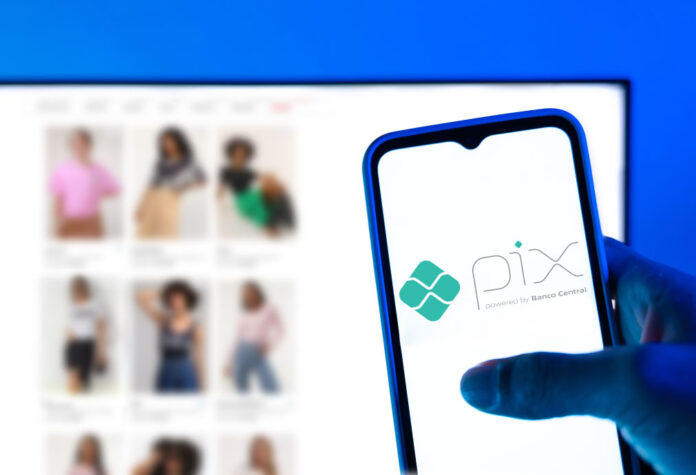The payment transactions made by Pix in e-commerce should represent more than 50% in the sector by 2027. Already the credit card, despite losing a little space, will also remain relevant, representing 27% of payment methods by 2027. This is what brings the study “Global expansion guide for high growth markets”, produced by Nuvei, a Canadian fintech payment solutions company, which is in its 2nd edition and focuses on Brazil and South Africa.The study is part of a series of reports that analyzes e-commerce in eight high-growth markets mapped by Nuvei 2nd Brazil, South Africa, Mexico, Hong Kong, Chile, India, Colombia and United Arab Emirates.
In 2024, the percentage of use of Pix was 40% in e-commerce and, going forward, the forecast is that this form of payment will increasingly fall in the taste of the Brazilian public. Since its launch in 2020, it has transformed the way the public of the country conducts transactions. Its great success is due to its speed, practicality and absence of fees for consumers, becoming especially popular among underbanked populations or with limited access to traditional financial services.
“The release of Pix by approach by the Central Bank, made on February 28, represents another advance in the journey of innovation of payment methods in Brazil. With this novelty, consumers will be able to make purchases even more agile and intuitive, just touching the mobile phone on the machine, as they already do with debit and credit cards”, comments Daniel Moretto, senior vice president of Cloud Latin America.“In addition, the possible integrations of Pix with international systems have the potential to transform cross-border transactions, expanding its global relevance and benefiting both consumers and companies operating in international e-commerce”, says the executive.
Among the preferred means of payments of Brazilians, digital wallets are also gaining ground, especially among younger consumers and in large cities. In 2024, these solutions accounted for 7% of payments in e-commerce and, although the forecast for 2027 is 6%, they are another technology solution that consumers have looked at. The use of bank slip is decreasing in e-commerce and should fall from 8% in 2024 to 5% by 2027.
South Africa
South Africa presents a combination of traditional methods and innovative solutions, driven by technological advances and greater financial inclusion. Credit and debit cards follow as the main payment methods in South African e-commerce, driven by consolidated banking infrastructure in urban areas. The use of debit cards in the country will remain with little variation in the coming years and will represent 40%, while credit will not change until 2027, following the level of 3% of its use.
Digital wallets are gaining traction, especially among young consumers and mobile commerce enthusiasts, offering fast and secure payments and increasingly being used for in-app purchases, service accounts and small transactions.


